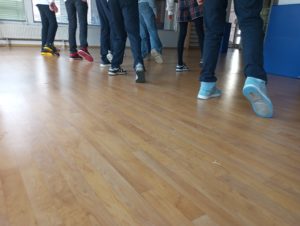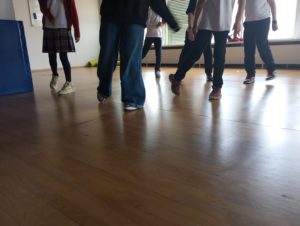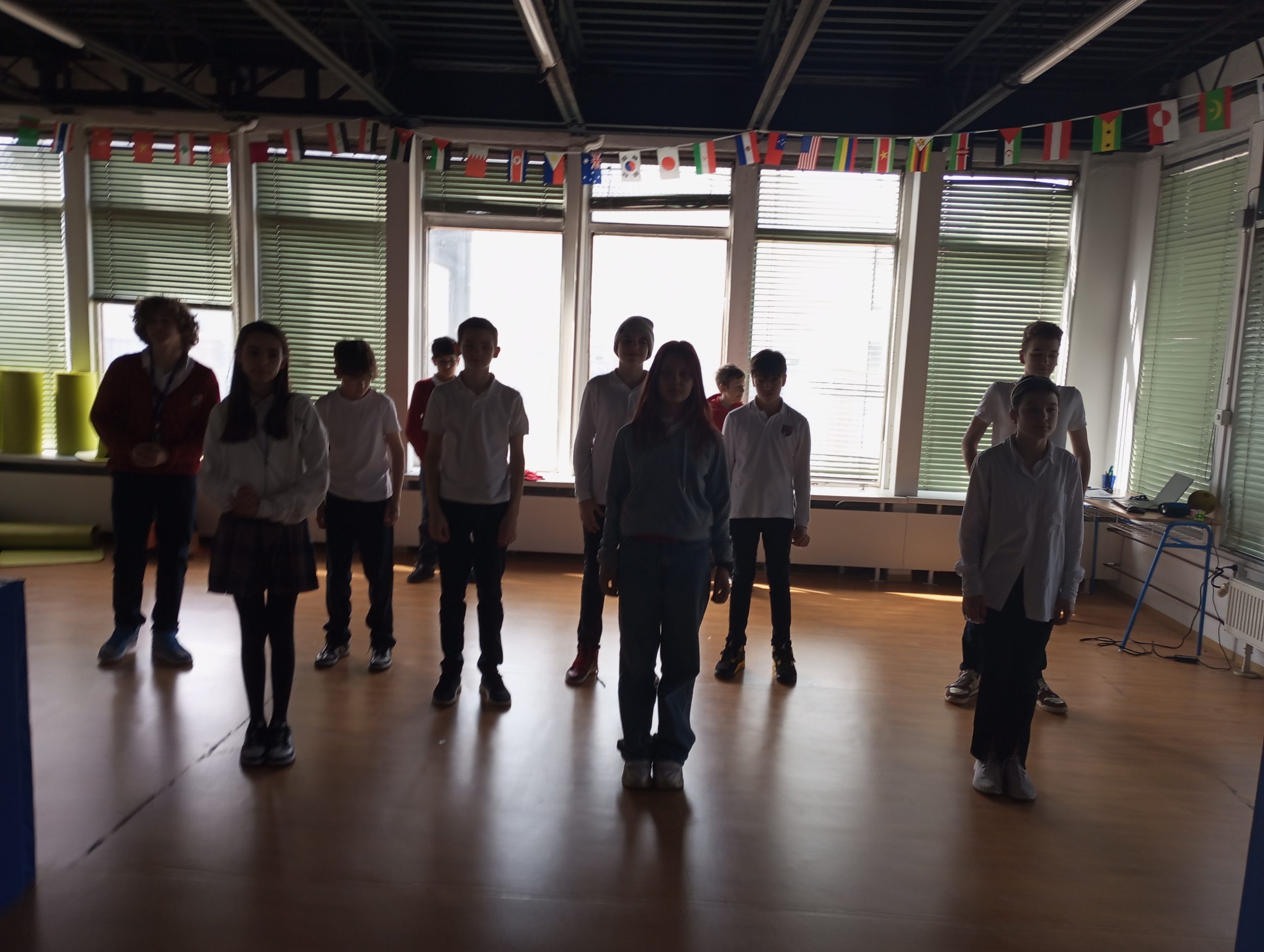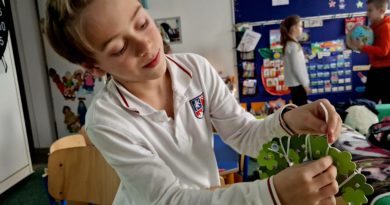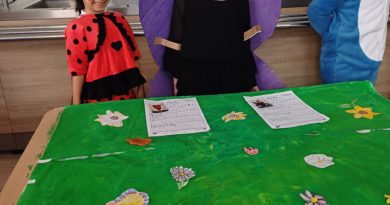Why integrating kinesthetic exercises into teaching is important?
Kinesthetic exercises use body movement, often with rhythm, and allow interaction with the surrounding environment through the learning process. They are commonly and effectively used in drama teaching.
Integrating dance movements and rhythm into the curriculum is crucial for comprehensive learning. These kinesthetic exercises help students understand dramatic concepts while enhancing their physical expressiveness and stage presence. Activities like improvisational dance, pantomime, and rhythmic storytelling allow students to embody characters’ emotions and intentions, fostering empathy and deeper connections to the material.
Moreover, collaborative dance exercises promote teamwork and communication skills, creating a dynamic classroom environment, where students feel engaged and supported. By incorporating dance and rhythm, educators cater to diverse learning styles, ensuring every student has the opportunity to actively participate and excel in drama education. Dance and rhythm activities encourage creative thinking and problem-solving skills, from academic projects to individual personal challenges. They also require students to communicate effectively and work together as a team. They learn to listen, follow instructions with precision, give or receive feedback and compromise to achieve a common goal. Dance and rhythm exercises engage multiple cognitive processes, including memory, attention, and spatial awareness. Students must remember choreography, stay focused on the rhythm, and navigate physical space effectively.